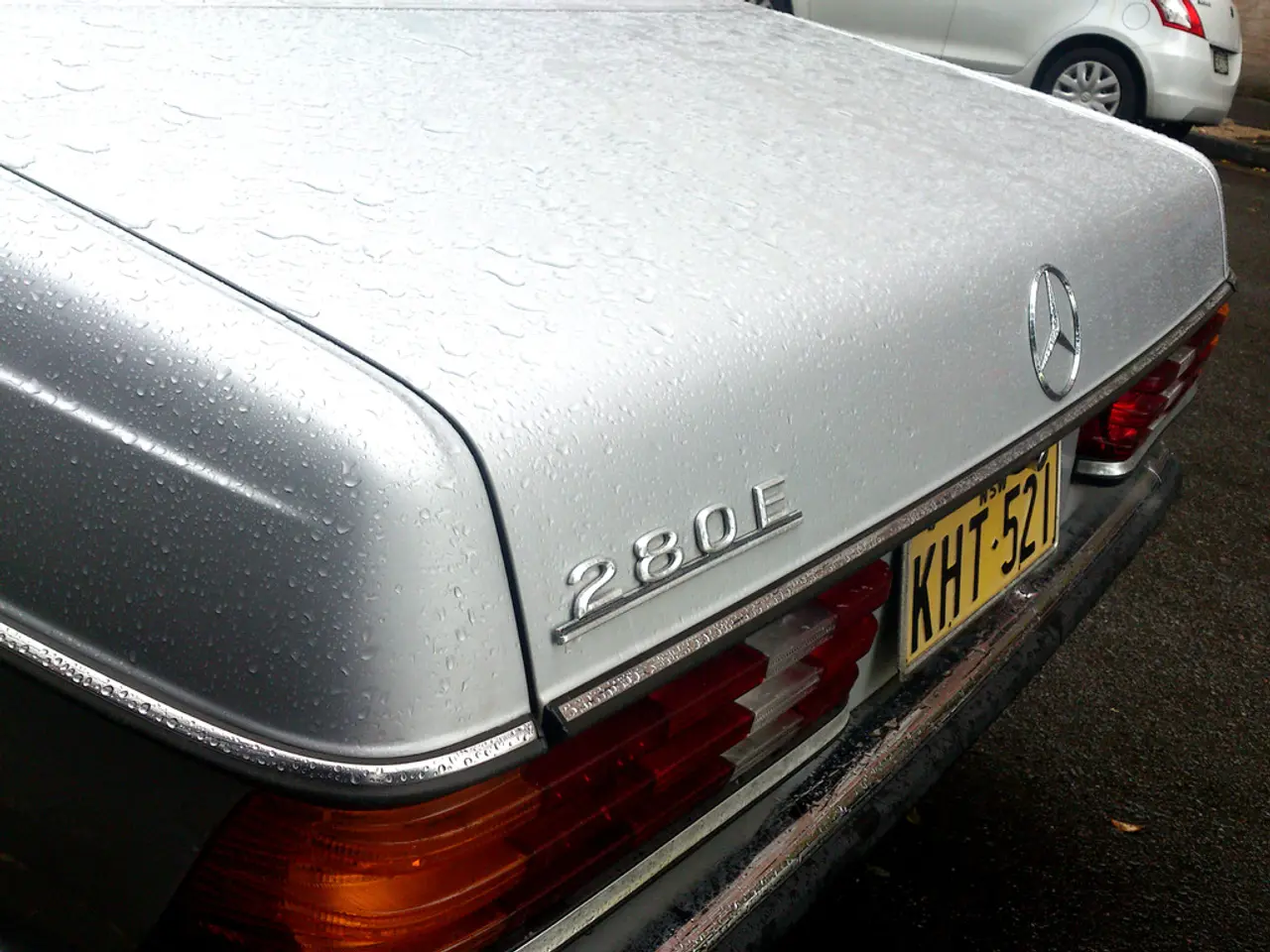EU Official Mercedes Leader Issues Fuel Ban Alert
Mercedes-Benz, one of the most profitable automakers in the world, is gearing up for an extensive product offensive in electric vehicles (EVs) between 2025 and 2028. The strategy aims to strengthen the company's presence in the premium and mainstream EV segments, while also expanding production capabilities to support this transition.
CEO Ola Källenius has emphasized the largest product offensive in Mercedes-Benz's history, with many new models, particularly electric vehicles, expected during this period. This move is part of the company's commitment to electric mobility and reflects its strategic electrification goals.
One of the key highlights of this offensive is the Mercedes GLC Electric, scheduled for a world premiere at the Munich auto show on September 8, 2025, with a U.S. launch expected by early 2026. The model will feature a premium interior with vegan options and craftsmanship, and initial production might take place in Germany. However, local production of the GLC EV in the U.S. is yet to be confirmed.
In addition to the GLC Electric, Mercedes-Benz is broadening its electric vehicle offerings to include more affordable models. This aligns with industry trends towards entry-level electric vehicles with prices in the $25,000 to $35,000 range.
Mercedes also plans to maintain its presence in the entry-level segment, with new models like the compact SUV GLA and extended production of the A-Class. The goal is to reach younger customer groups with these new offerings.
The company is not relying solely on aggressive price cuts to boost EV sales. Instead, CEO Ola Kallenius aims to gradually expand the model range without compromising price stability. This approach reflects the CEO's rejection of aggressive price cuts to drive electric vehicle sales.
However, Mercedes acknowledges the challenges in the industry, including the "extremely high" complexity of the environment, the U.S.'s efforts to redefine global trade rules, intense competition in China, and the slower-than-expected transition to electric mobility. Despite a 56% decline in profits in the first half, Ola Kallenius denies rumors of a crisis within the company.
Mercedes-Benz is also investing in multiple drive technologies in parallel, including electric, hybrid, and internal combustion engines. The company has already significantly reduced the variable costs of the next generation of powertrains for electric vehicles, setting the stage for future success in the EV market.
Upcoming highlights like the next generations of CLA and GLC with electric powertrains, as well as electric variants of the C- and E-Class, are expected to significantly increase the electric vehicle share. The share of luxury models in total sales at Mercedes-Benz has risen from 11% in 2019 to over 14%, indicating a growing preference for luxury electric vehicles.
The CEO criticizes the planned "ban" on internal combustion engines in the EU from 2035, advocating for a market-oriented path with incentives and investments in charging infrastructure. This stance reflects Mercedes-Benz's commitment to a balanced and sustainable approach to the transition to electric mobility.
In conclusion, Mercedes-Benz's product offensive from 2025 through 2028 is a significant step towards a sustainable future. The company's focus on new and more affordable electric models, strategic electrification goals, and investments in multiple drive technologies positions Mercedes-Benz well for the future of the automotive industry.
[1] Mercedes-Benz announces ambitious electric vehicle product offensive
[2] Mercedes-Benz to launch affordable electric vehicles to meet market trends
[1] Mercedes-Benz announces ambitious electric vehicle product offensive as part of its commitment to electric mobility and strategic electrification goals, with many new electric vehicles expected.
[2] Mercedes-Benz to launch affordable electric vehicles to meet market trends, aligning with industry trends towards entry-level electric vehicles with prices in the $25,000 to $35,000 range.







